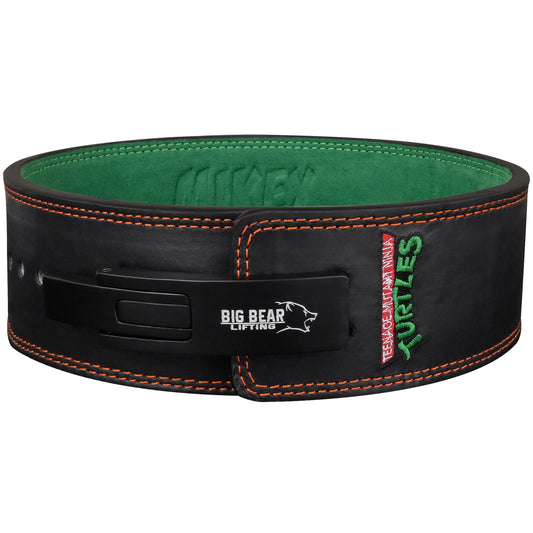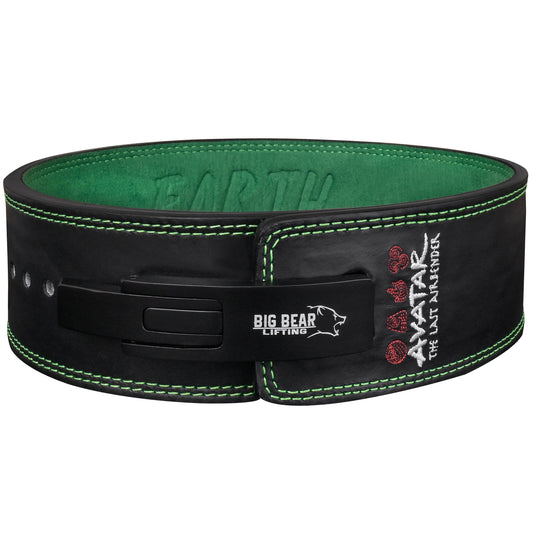Add Up to 15% More to Your Lifts: How Belts Can Supercharge Your Strength.
Feeling stuck under heavy lifts? It’s time to rethink your strategy. Scientific data now shows that wearing a weightlifting belt can help you lift 10–15% more on compound movements—and even boost bar speed by significant margins. Keep reading to learn exactly how, and why Big Bear Lifting is engineered to deliver those gains.
So what does a lever belt do?
- Upping your weight: Lift heavier by 5–15%
- More efficient force output: Move the same load faster and with better form
- Enhanced safety feel: Better core stiffness and reduced spinal load
- Real numbers you can trust: Based on peer-reviewed research—not just bro science

Breakdown
A) More Intra-Abdominal Pressure (IAP) — Up to 40% Increase
A classic study found that wearing a lifting belt during an 8-Rep Max squat boosted intra-abdominal pressure by 25–40% compared to no belt.
Another study reported IAP values of 175 mmHg with a belt versus 156 mmHg beltless—highlighting the belt’s additive power with the Valsalva maneuver.
B) Lift Heavier — 5–15% More Weight
Experienced lifters using belts typically see a 5–15% lift increase once they master the technique.
Zink et al. (2001) found belt users could increase maximal lifts by 5–15%, attributing it to boosted IAP and spinal support.
C) Faster Reps & Better Bar Speed
Belts not only make you stronger but speedier. In one experiment, squats with a belt completed ~6% faster; concentric bar velocity was ~15.5% higher.
D) Lower Spinal Compression (≈10%)
Another study showed wearing a belt during a 75% bodyweight lift reduced spinal compression by ~10%, thanks to increased trunk stiffness.
That’s precisely where our belts come in—tactically designed with even support, breathable leather, and a snug, durable fit—perfectly engineered to help you claim every 1–2 rep of strength.
Elite designs too match the quality.
-

 Sold out
Sold outTMNT Michelangelo Lever Belt
Regular price $219.99 AUDRegular priceUnit price per -

 Sold out
Sold outTMNT Raphael Lever Belt
Regular price $219.99 AUDRegular priceUnit price per -

 Sold out
Sold outATLA Earth Nation Lever Belt
Regular price $219.99 AUDRegular priceUnit price per -

 Sold out
Sold outATLA Fire Nation Lever Belt
Regular price $219.99 AUDRegular priceUnit price per
Frequently Asked Questions
Does using a belt weaken my core?
Not necessarily. Studies show no consistent reduction in trunk muscle activation when lifting with a belt.
Should I use it on every set?
No—reserve for heavy lifts (80–90% 1RM). It’s a tool, not a crutch.
Is my spine protected?
While belts improve torso stability, they aren’t a substitute for proper form—but they can reduce spinal compression by ~10%.








